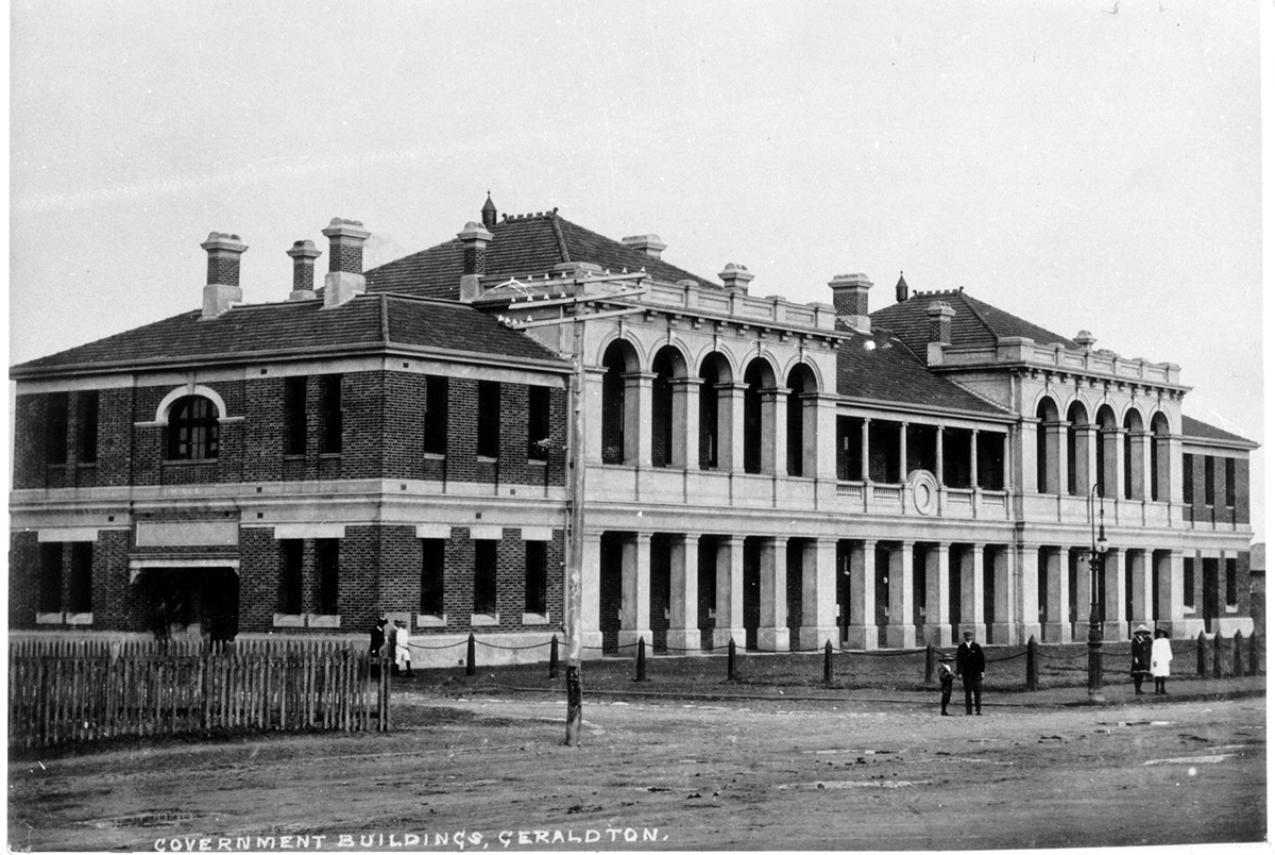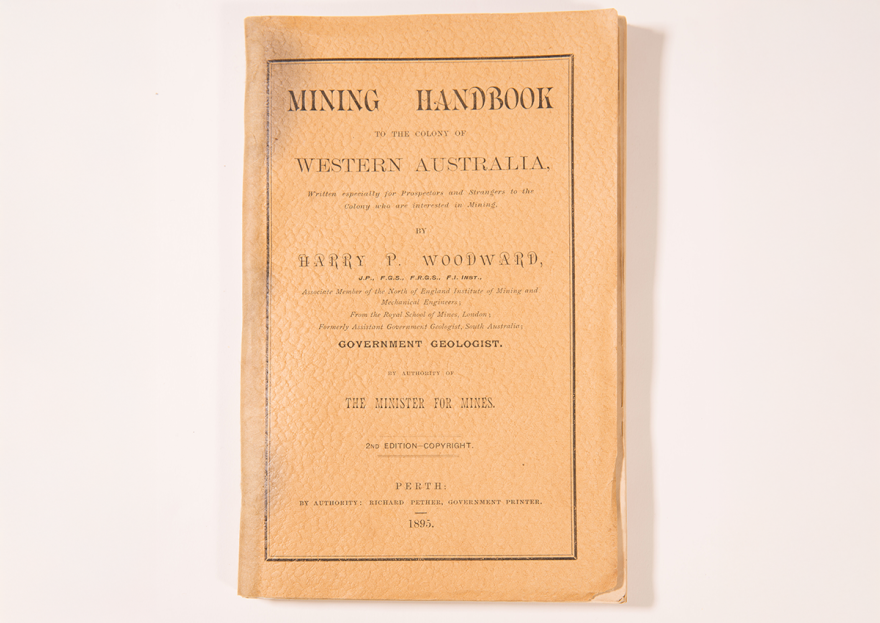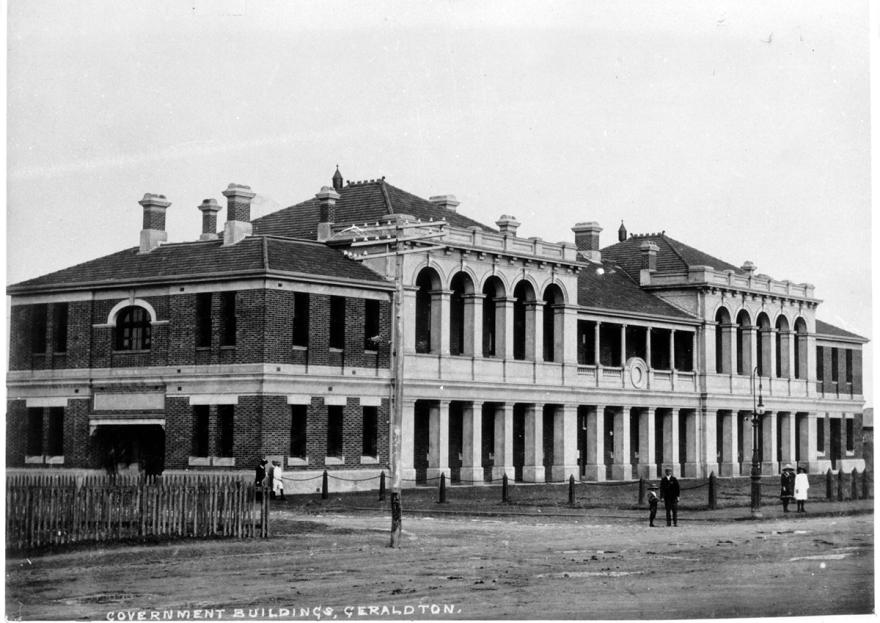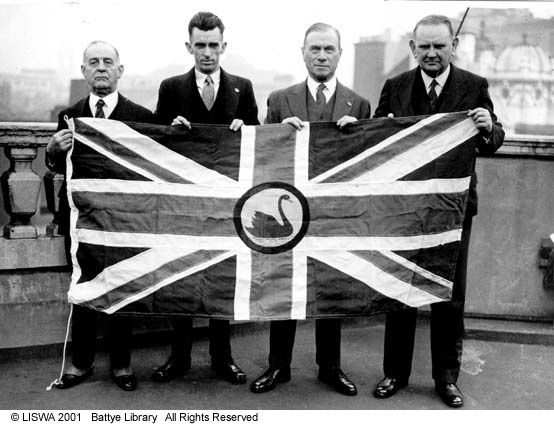In the late 1800s, as Western Australia was carving out its identity as a newly self-governing colony, and just before it agreed to unify with the rest of Australia, tensions were rising. Not just between WA and the east, but within WA itself.
As debates raged over whether WA should join the Federation movement, another movement was quietly gaining traction in the Mid West. This one didn’t just call for secession from Australia, it called for separation from Perth – drawing a line through the State, with Geraldton to be its new capital.
Let’s rewind.
WA gained responsible government in 1890 and, not long after, the gold rushes triggered a population boom. With wealth flooding in from mining, farming, timber and shipping, the mood across the colony was ambitious. But not everyone was happy.
In the south, Perth was expanding with new infrastructure, a growing population and a steady stream of investment. However, communities in the north and east were feeling neglected. They were producing the wealth, so why were decisions being made hundreds of miles away?
From as early as 1871, whispers of secession filtered down to Perth. By 1895, those whispers had turned to full-blown public meetings. With a port to host mail steamers and a steady flow of livestock, wool, grain and precious metals, Geraldton was discussed as the perfect capital city if the State were to be split in two.
Around the same time, the colonial government in Perth started investing in new infrastructure for Geraldton. Perhaps to smooth tensions with frustrated locals, or maybe to project an image of a ‘connected’ state, a slew of public buildings were funded. These included a courthouse and government offices to house representatives from Customs, treasury, land and mines, and the registrar of births and deaths. They laid the foundation stone for the new courthouse in October 1897 and tucked a time capsule underneath.
That time capsule, rediscovered decades later, is now held in the WA Museum’s History Collection. Inside were drawings of the building, newspapers, stamps, government records, and a small mining handbook. At first glance, it seemed like a standard record of its time. But when Museum researchers looked closer, it opened a nearly forgotten chapter in the State’s story. One where Geraldton was seriously considered as the capital of a separate northern state.
Despite the increase in funding and construction, the opening of Geraldton’s public buildings did little to appease the separatists. By 1898, local groups were pushing to join the Federation on their own, as John Forrest’s colonial WA government were reluctant to relinquish self-rule. By March 1899, a petition was sent to Queen Victoria calling for the goldfields to separate from the rest of Western Australia. It was half a mile long, with 27,733 signature – more than ten times the recorded population of Geraldton at the time!
The plan ultimately fell through. Federation went ahead in 1901, and Geraldton remained part of Western Australia. However, the idea of independence never really went away.
In 1933, during the hardships of the Great Depression, Western Australians voted to secede from the Commonwealth. Many felt they were contributing more to the country than they were getting back; a sentiment not unlike the frustrations that had fuelled the northern movement decades earlier. However, that request was later denied by the British government. In 1970, a wheat farmer near Geraldton famously declared his land the independent Principality of Hutt River, which lasted until its closure in 2020.
It's clear the pull to ‘go it alone’ has long been a part of WA’s story, the history of which you can trace in the Reflections Gallery at WA Museum Boola Bardip, and the idea even still sparks debate.
Which makes you wonder, if Western Australia were to be divided today, what would you select as a new capital?



